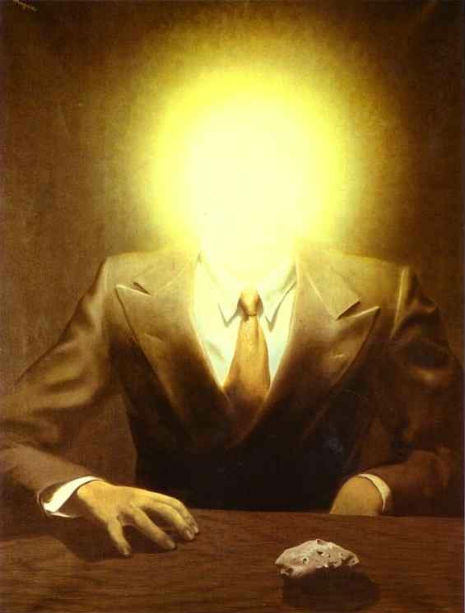
You may not have heard of Edward James, but you will certainly recognise the back of his head from the painting Not to be Reproduced by René Magritte. This was one of two portraits the Surrealist artist did of James, the other was The Pleasure Principle.
Edward William Frank James (1907–1984) was a poet and a patron of the arts, who used his vast wealth to publish writers (like poet John Betjeman), commission theatrical productions most notably Les Ballets and Bertolt Brecht and Kurt Weill’s last work together The Seven Deadly Sins in 1933. He also supported individuals, communities in Mexico and financed artisan workshops, but James is most famously known for his patronage of Surrealist art, in particular the artists Magritte, Leonora Carrington and Salvador Dalí. He also bought works by Giorgio de Chirico, Paul Klee, Pavel Tchelitchew, Pablo Picasso, Alberto Giacometti, Max Ernst and Paul Delvaux.
Being rich and aristocratic usually meant James was described as a great “English eccentric,” though he was never fond of the term claiming he was like “the boy with green hair,” just born that way. According to James he was the illegitimate son of King Edward VII, which may have indeed been possible as his mother was said to have been one of the royal’s many mistresses. When he was five, his father (or at least his mother’s husband) died leaving James the sole heir to his fortune and the 8,000 acre family estate of West Dean House in Sussex. James eventually gave away the family estate, financing its reuse as a college. He created his own Surrealist home in Monkton, and then in Las Pozas, Mexico, where he used his money to support its community employing villagers to build houses, a hotel, Surrealist sculptures and architectural follies.
This delightful film The Secret Life of Edward James made in 1978 was narrated by the late jazz singer, art critic and writer George Melly. James and Melly were good friends, united by their passion for Surrealism. Melly was a wonderfully outrageous and much loved performer whose exuberance for life was often matched by his attire. He also wrote three highly entertaining volumes of autobiography and released a whole bag of recordings. If you haven’t heard of George Melly he is worth investigating.

Magritte’s other portrait of Edward James ‘The Pleasure Principle’ (1937).
More after the jump…





